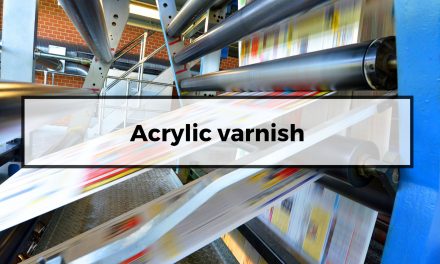Printing, this ancient art with multiple facets, is not limited to the application of ink on paper. A often overlooked but crucial element comes into play to bring documents to life: shaping. This step, akin to the sculpting of raw material, transforms printed sheets into finished, functional, and aesthetic products.
In the process of producing printed documents, shaping is not limited to a simple final step. It is a set of techniques that add value and quality to the final products, transforming prints into tangible objects, carriers of meaning and emotions. Each step of this process helps create captivating prints, capable of capturing attention and effectively conveying the client’s message. Let’s explore in more detail the main shaping processes in printing.
Die-cutting
The first step in shaping is to give the prints the desired shape. This involves cutting, which can be done in various ways. Specific die-cutting allows for the creation of precise and customized shapes. Scoring, on the other hand, creates a groove, facilitating neat and precise folds without cracking the paper. Perforation is used to create holes of various diameters on printed materials, which can be horizontal or vertical, with different standard or customized shapes. Finally, laser cutting allows both cutting and engraving of paper materials with remarkable precision.
Guillotine Cutting

FOLDING

ASSEMBLY
CASING-IN
MORE THAN JUST FINISHING

It is often essential to discuss with your printer to obtain advice on the finishing techniques most suitable for your project. To do this, we invite you to visit our website and if there is still a question, click here to contact us.










